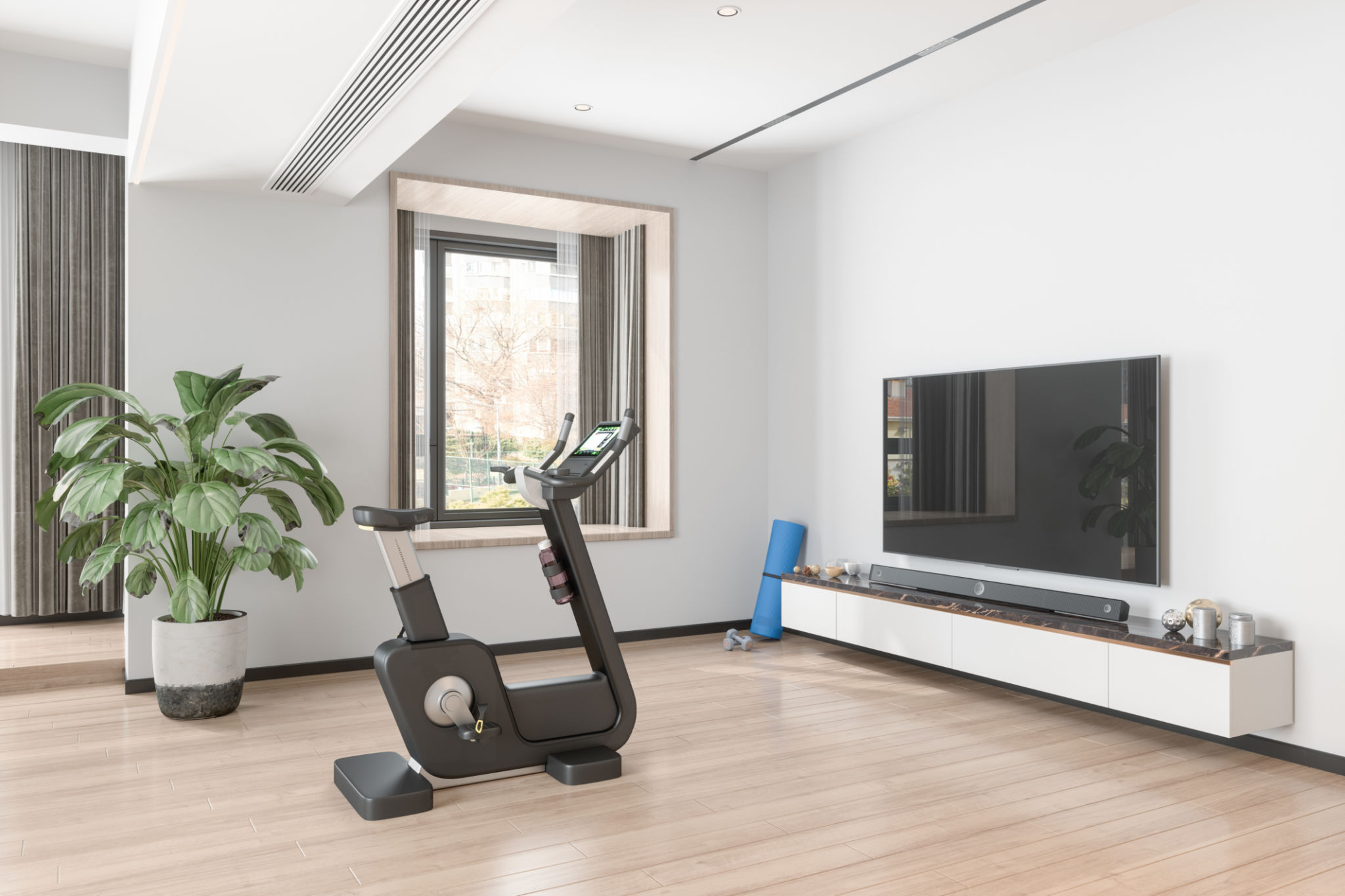How to Choose Tough, Reliable Exercise Equipment for Home Use
Understanding Your Fitness Goals
When choosing exercise equipment for home use, the first step is to clearly define your fitness goals. Are you looking to improve cardiovascular health, build strength, or enhance flexibility? Understanding your objectives will guide you towards the right equipment. For instance, treadmills and stationary bikes are excellent for cardio, while free weights and resistance bands are ideal for strength training.

Assessing Space and Budget
Before purchasing equipment, consider the available space in your home. Measure the area where you plan to set up your gym to ensure the equipment fits comfortably. Additionally, establish a budget. Exercise equipment varies widely in price, and knowing your limit can help you make informed decisions without overspending.
Evaluating Durability and Quality
Investing in durable and reliable equipment is crucial for long-term use. Look for equipment made from high-quality materials that can withstand regular use. Check for warranties and customer reviews to gauge the reliability of the product. Brands with a strong reputation for longevity and quality are often worth the investment.

Researching Features and Technology
Modern exercise equipment often comes with advanced features and technology that enhance the workout experience. Consider equipment with features like heart rate monitors, digital displays, and customizable programs. These features can provide motivation and track progress, making your workouts more effective.
Exploring Multi-Functionality
For those with limited space, multi-functional equipment can be a game-changer. Look for machines that offer a variety of exercises or combine different types of workouts. For example, a rowing machine that also functions as a strength training tool can provide a comprehensive workout without requiring additional space.

Considering Ease of Use and Maintenance
Choose equipment that is easy to use and maintain. Complicated machines can be intimidating and may lead to inconsistent workouts. Additionally, consider the maintenance requirements. Equipment that is easy to clean and maintain will save you time and effort in the long run.
Trying Before Buying
If possible, try the equipment before making a purchase. Many stores offer demos or trial periods, allowing you to test the equipment’s comfort and functionality. This hands-on experience can be invaluable in ensuring you choose the right equipment for your needs.
Seeking Professional Advice
Consulting with fitness professionals or trainers can provide valuable insights into choosing the right equipment. They can offer personalized recommendations based on your fitness level and goals, ensuring you invest in equipment that will help you achieve your objectives.

Conclusion
Selecting the right exercise equipment for home use requires careful consideration of your goals, space, and budget. By evaluating durability, features, and functionality, you can make an informed decision that supports your fitness journey. Remember, investing in quality equipment is an investment in your health and well-being.